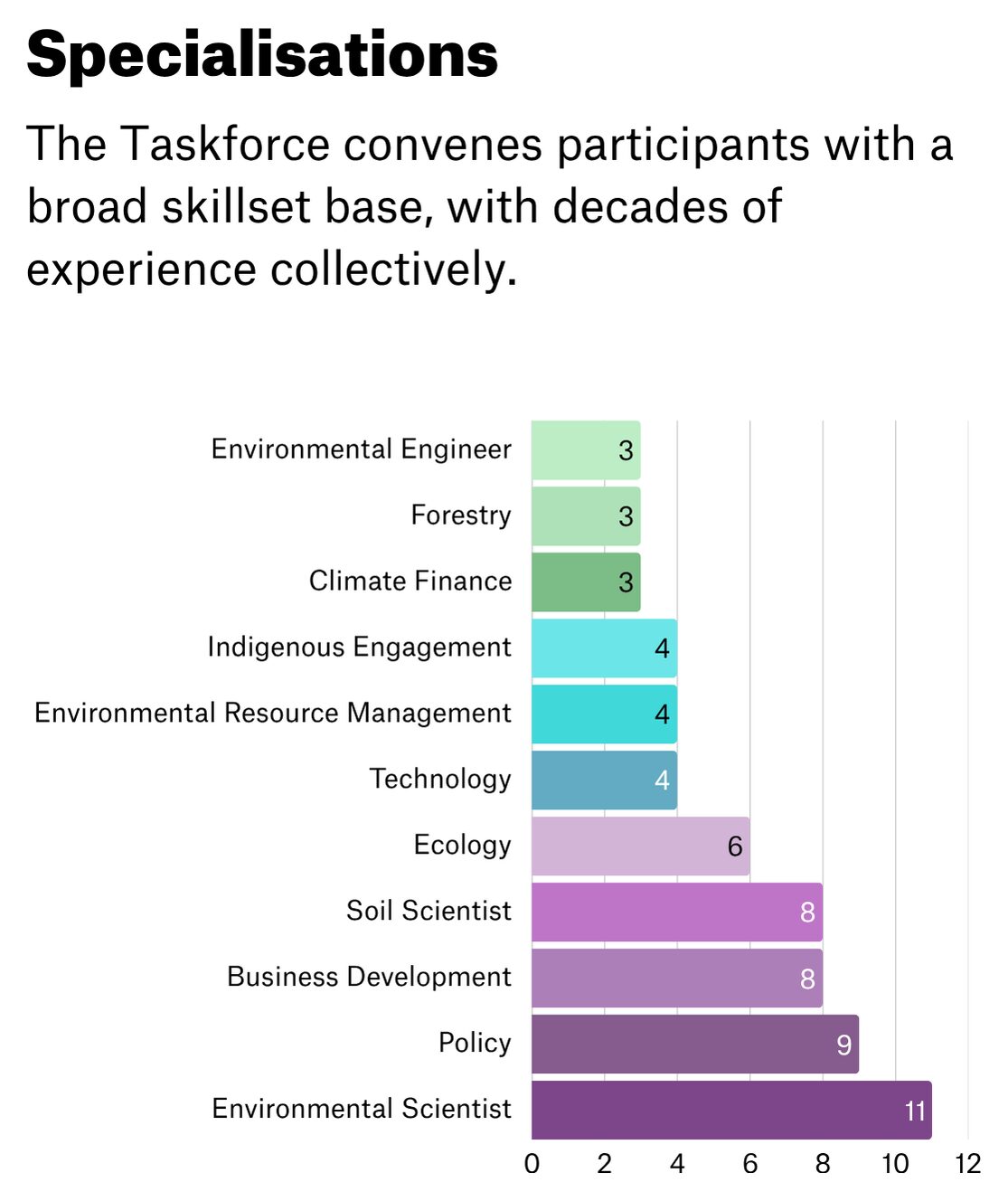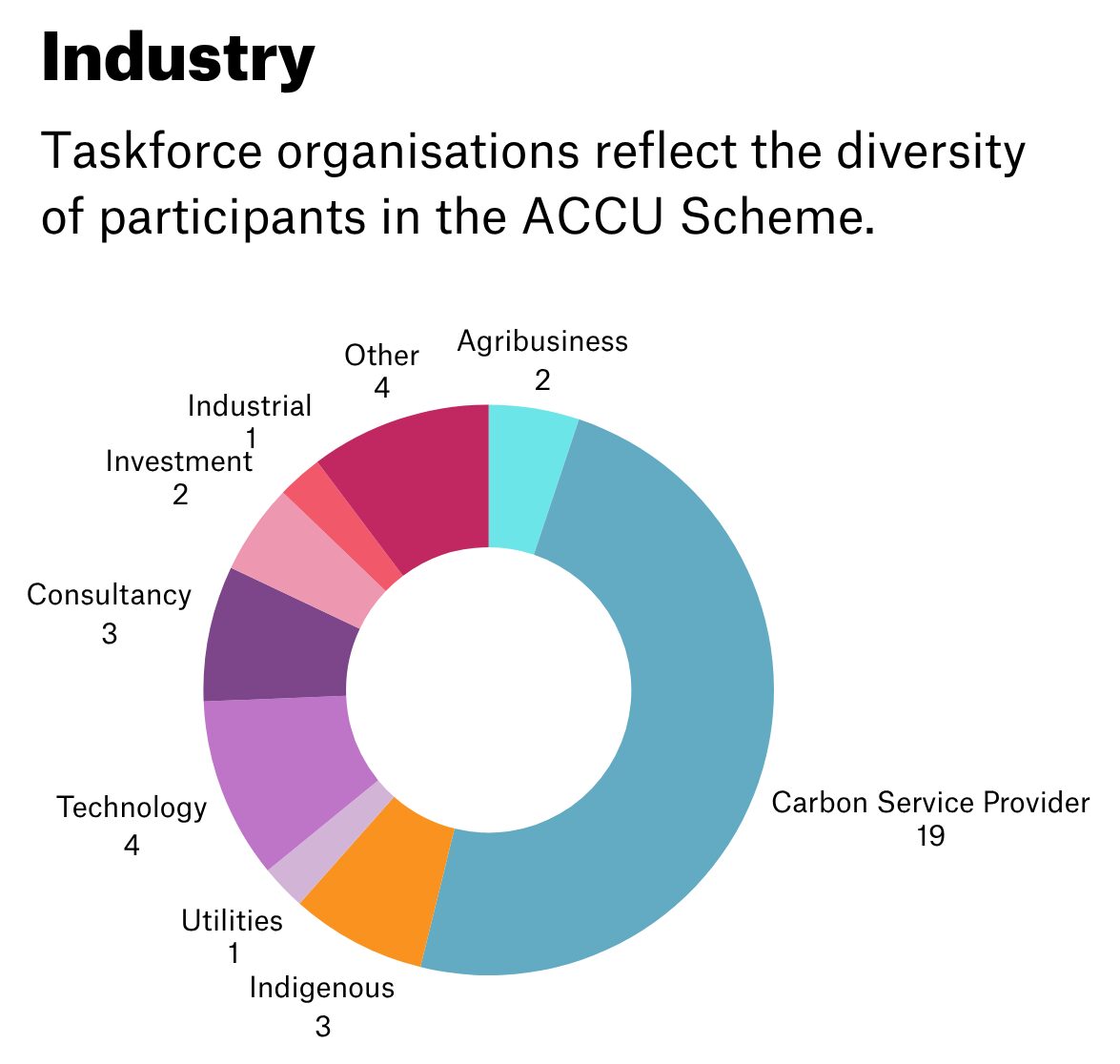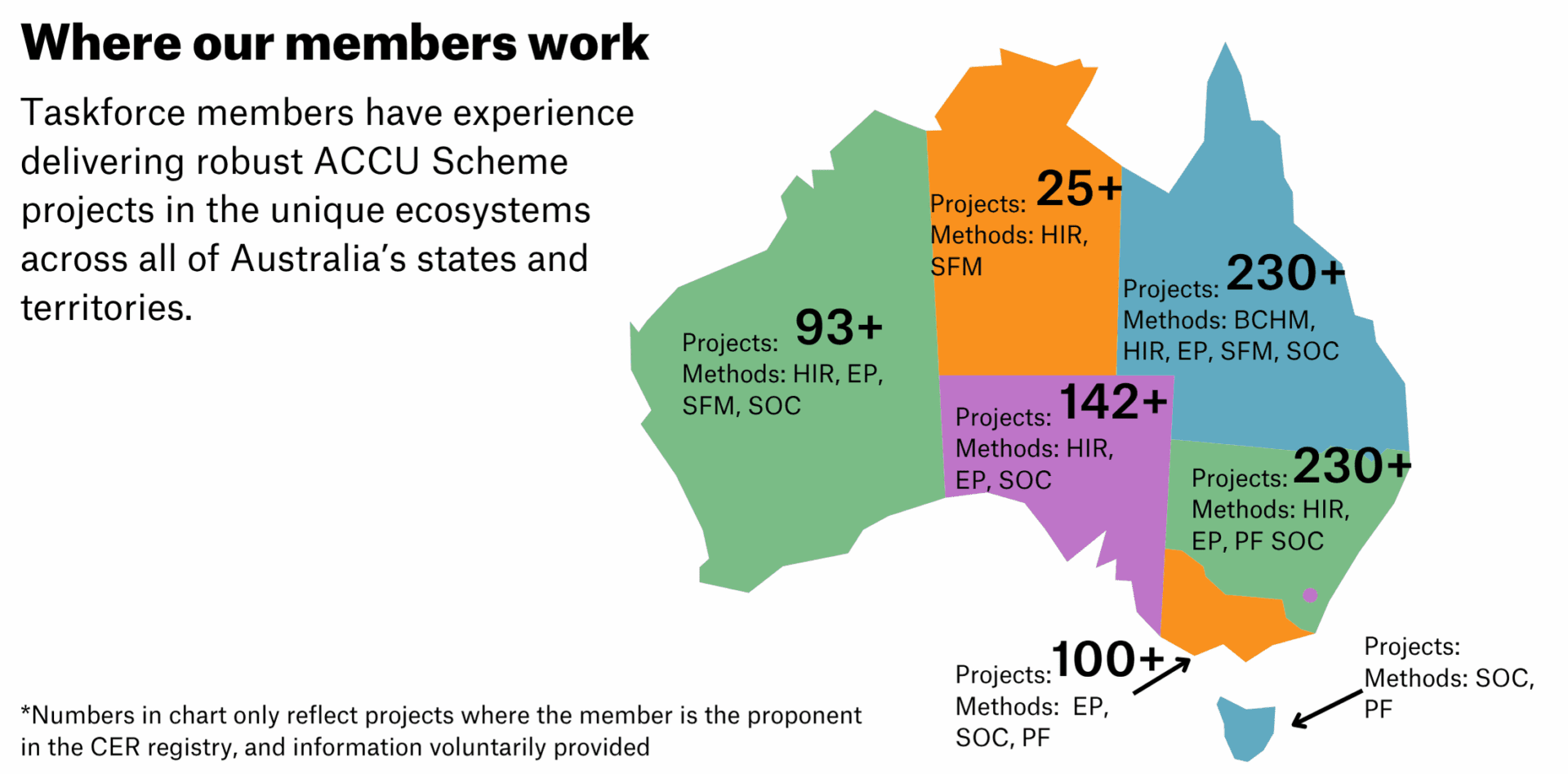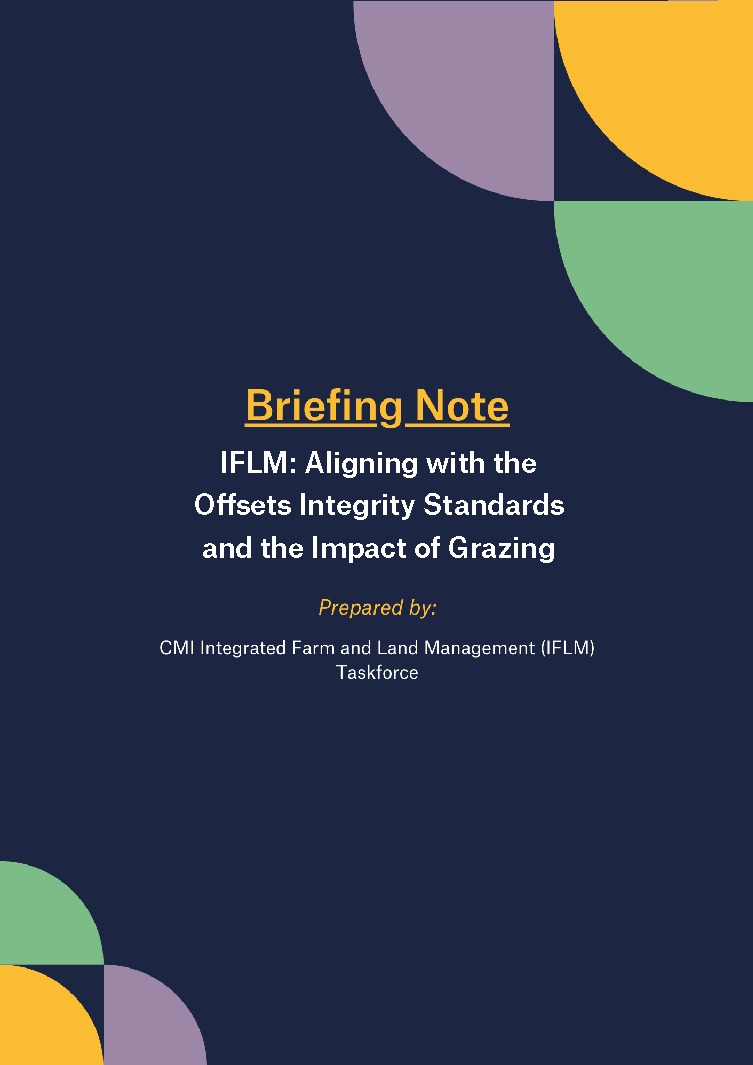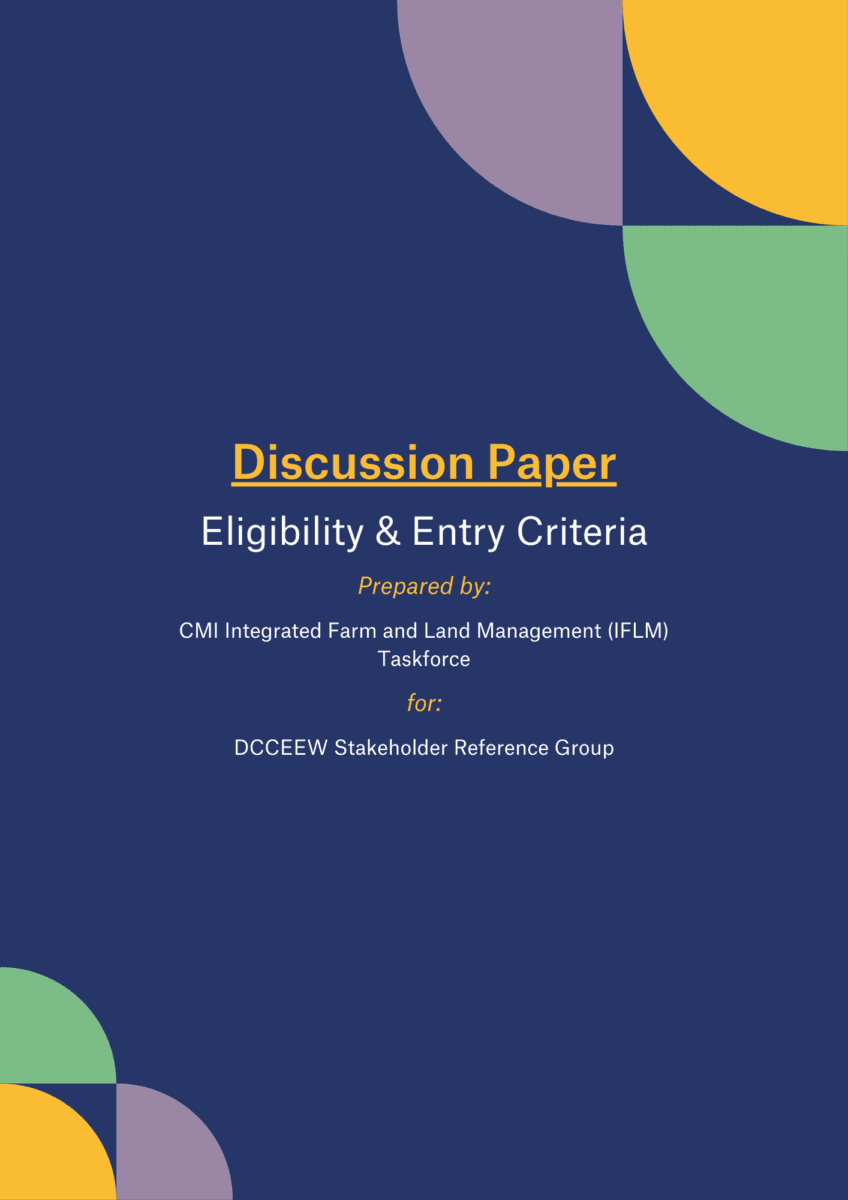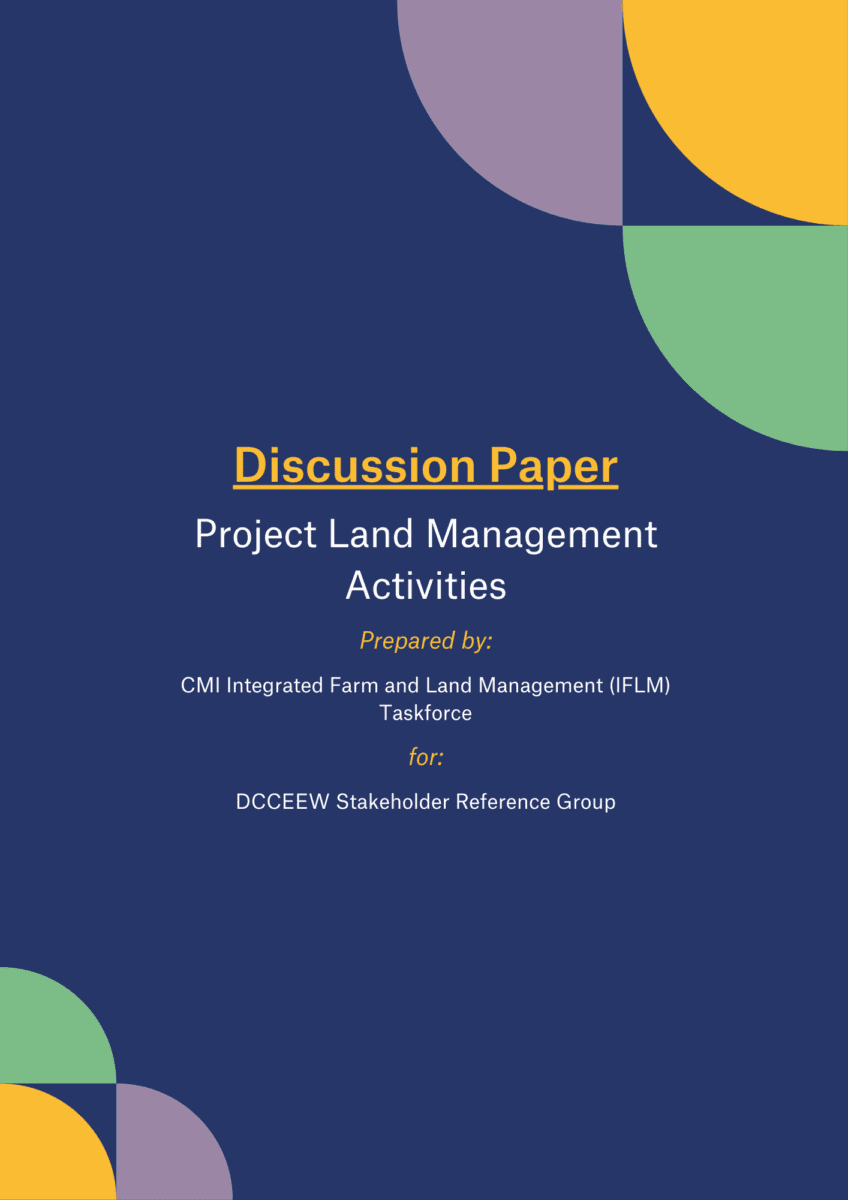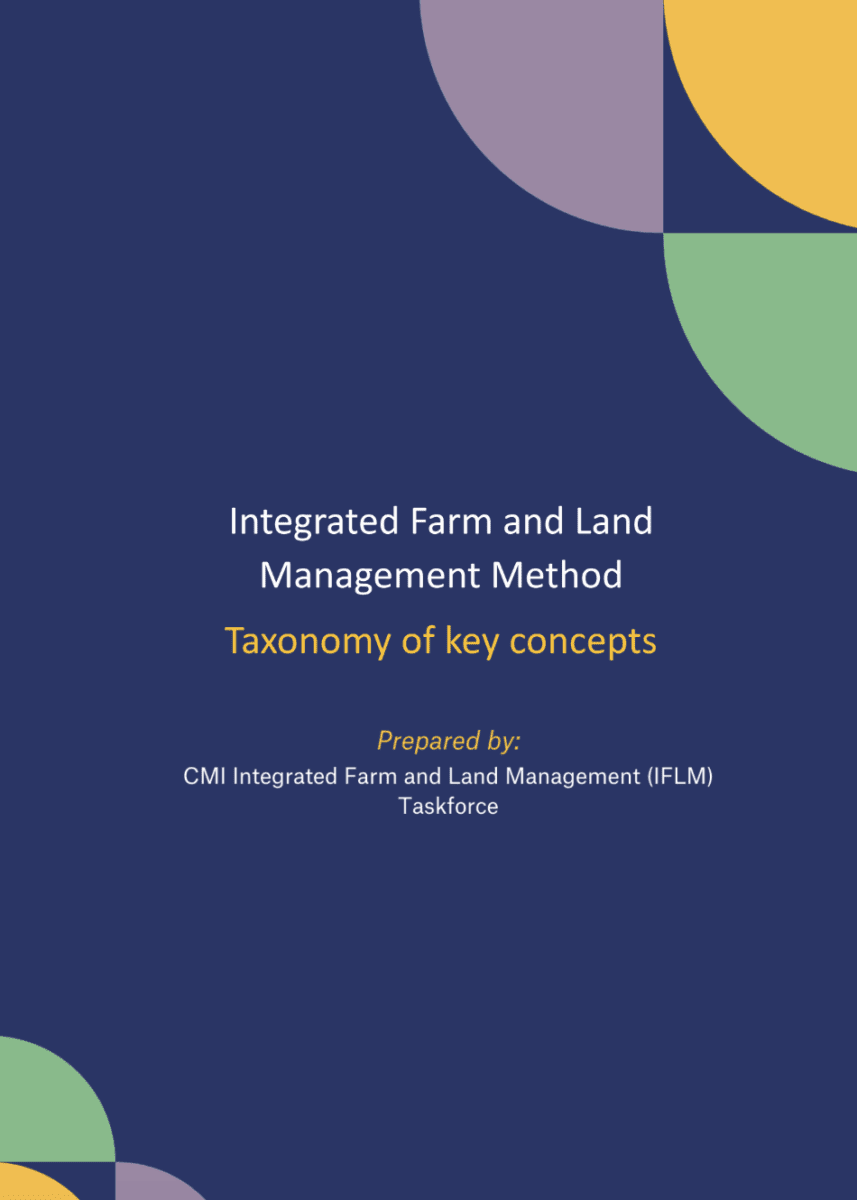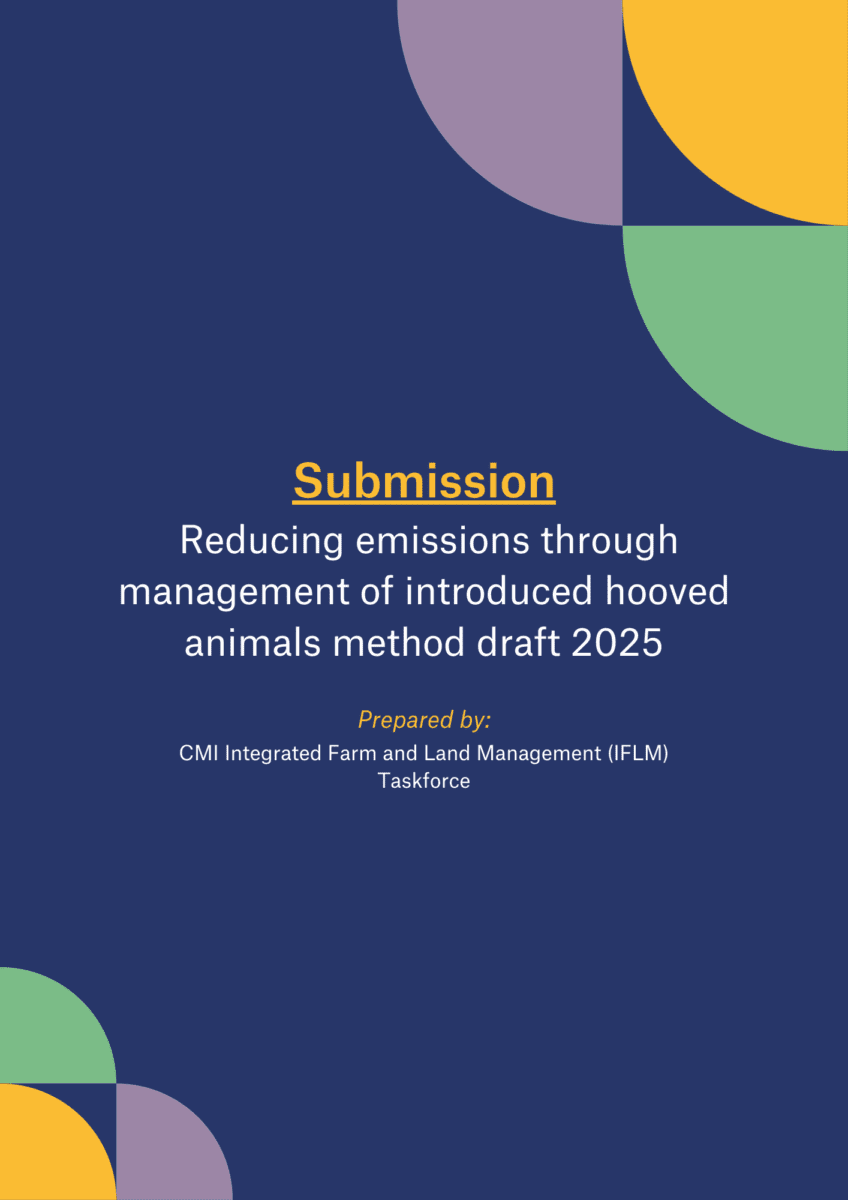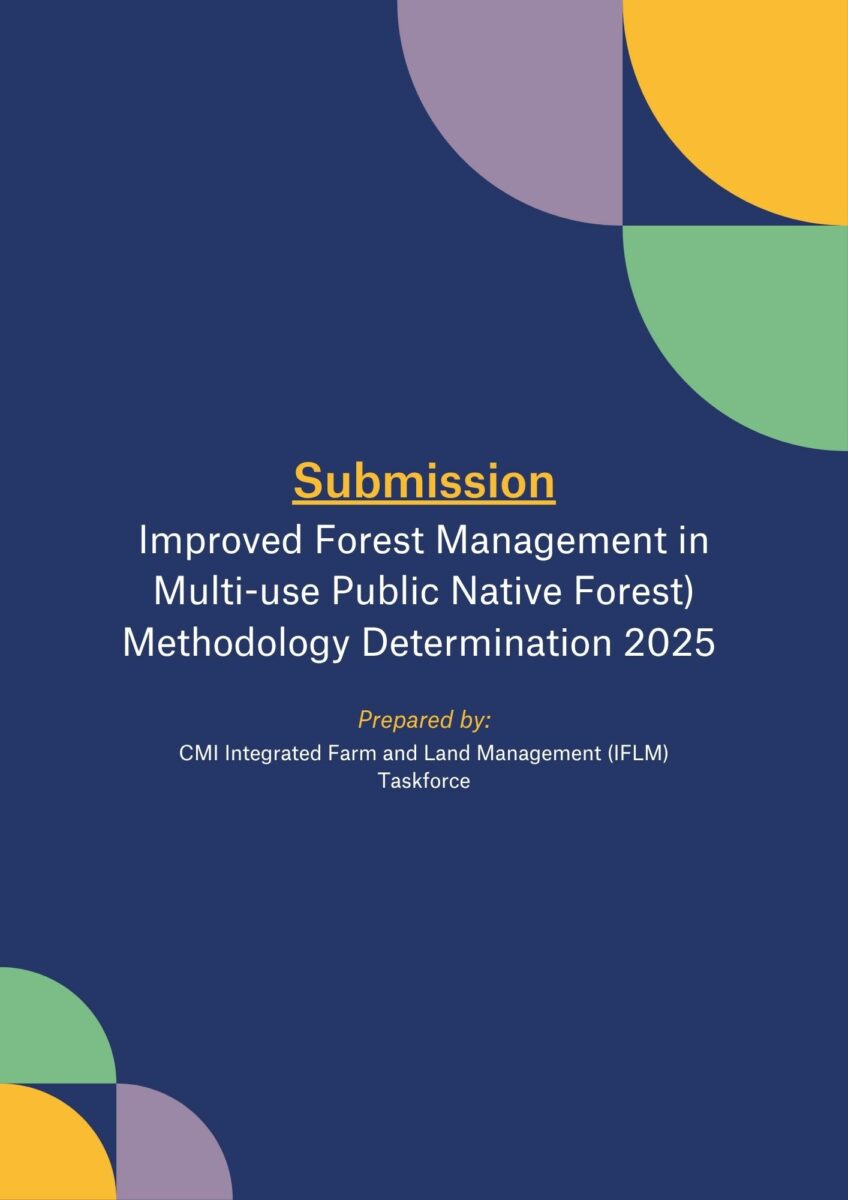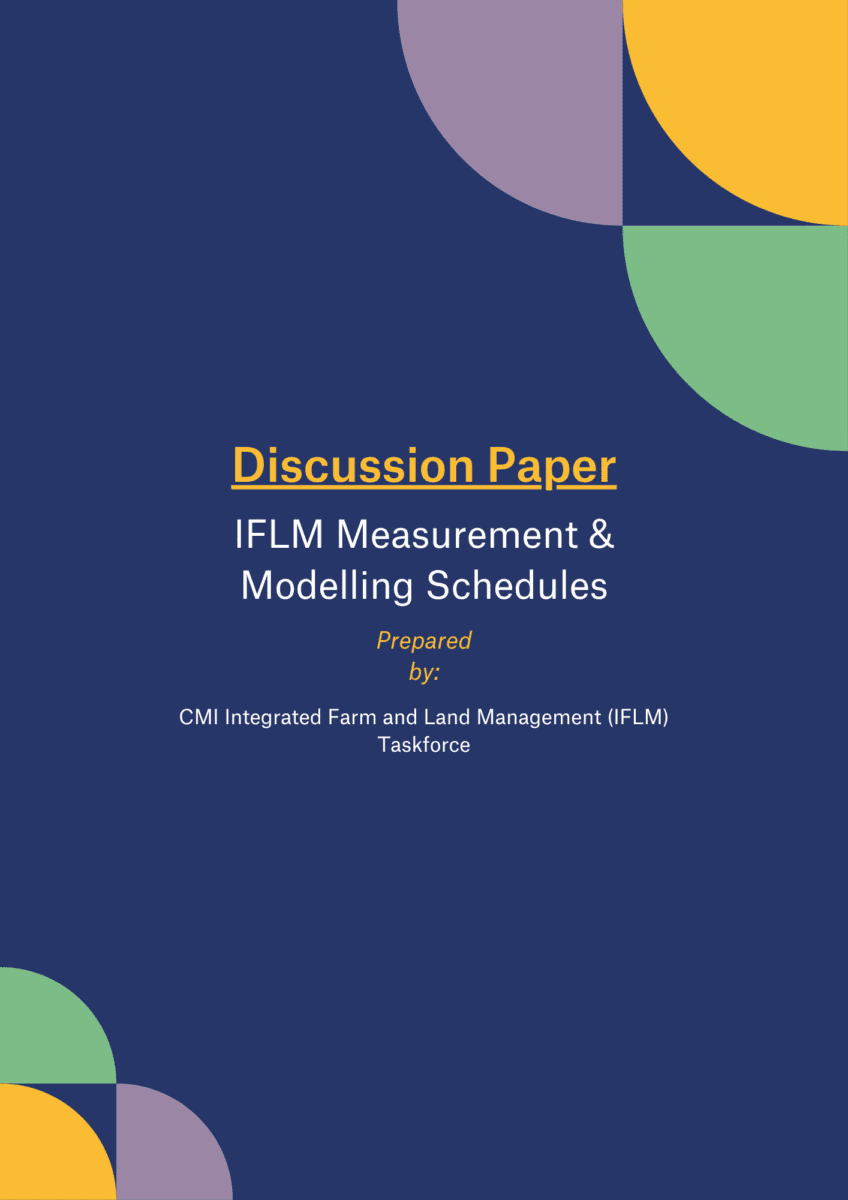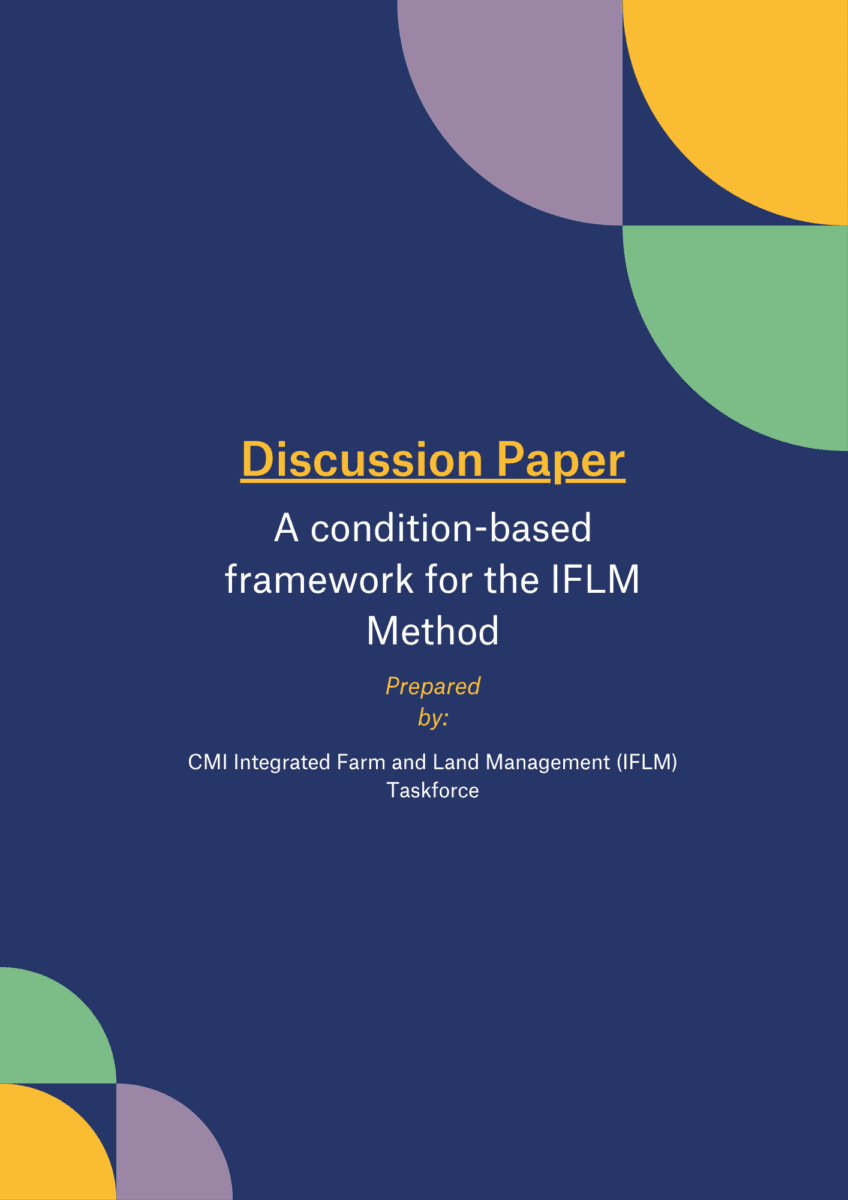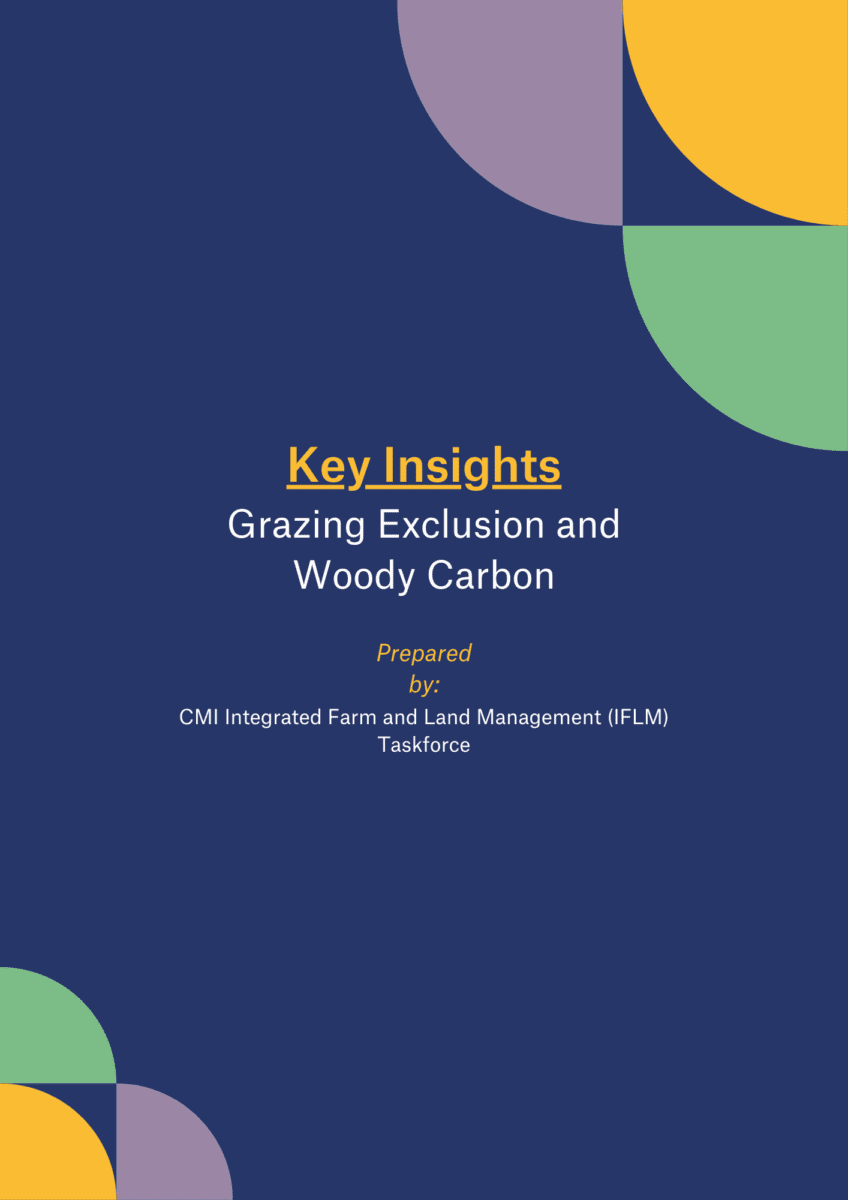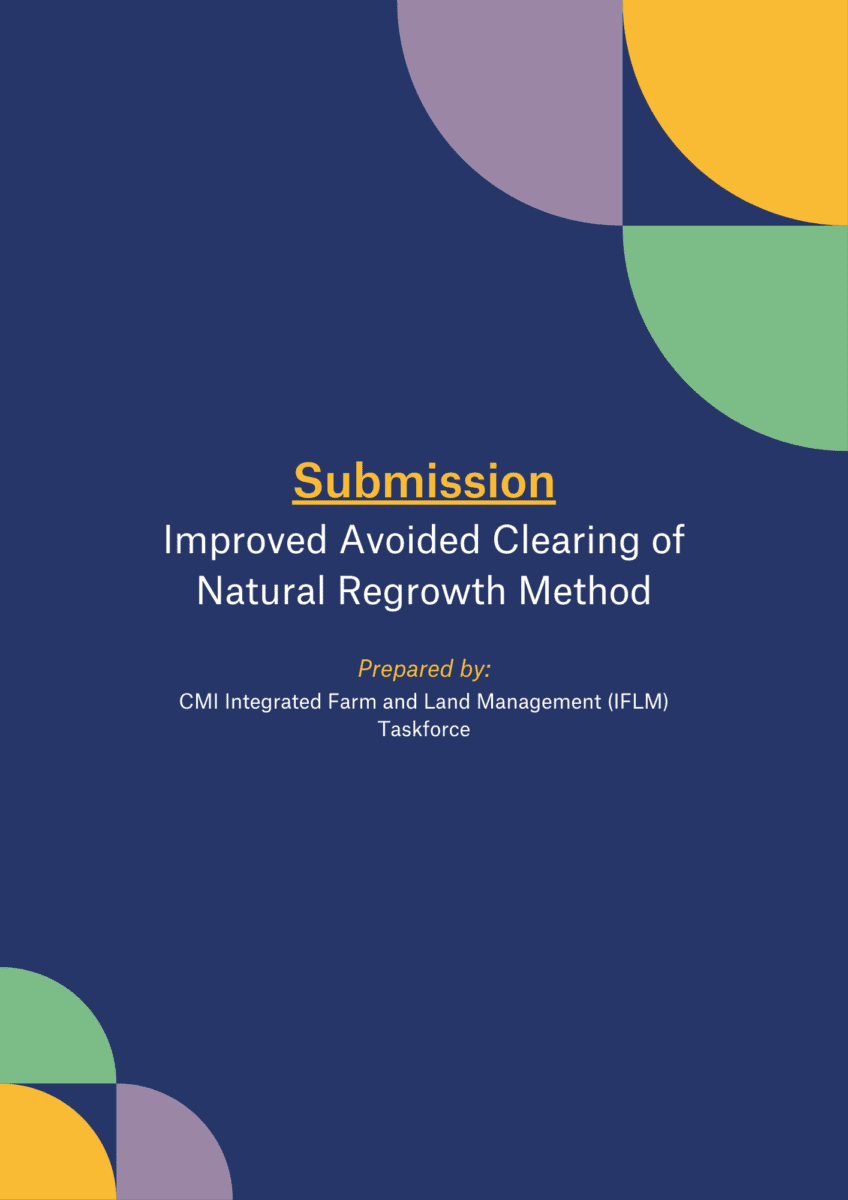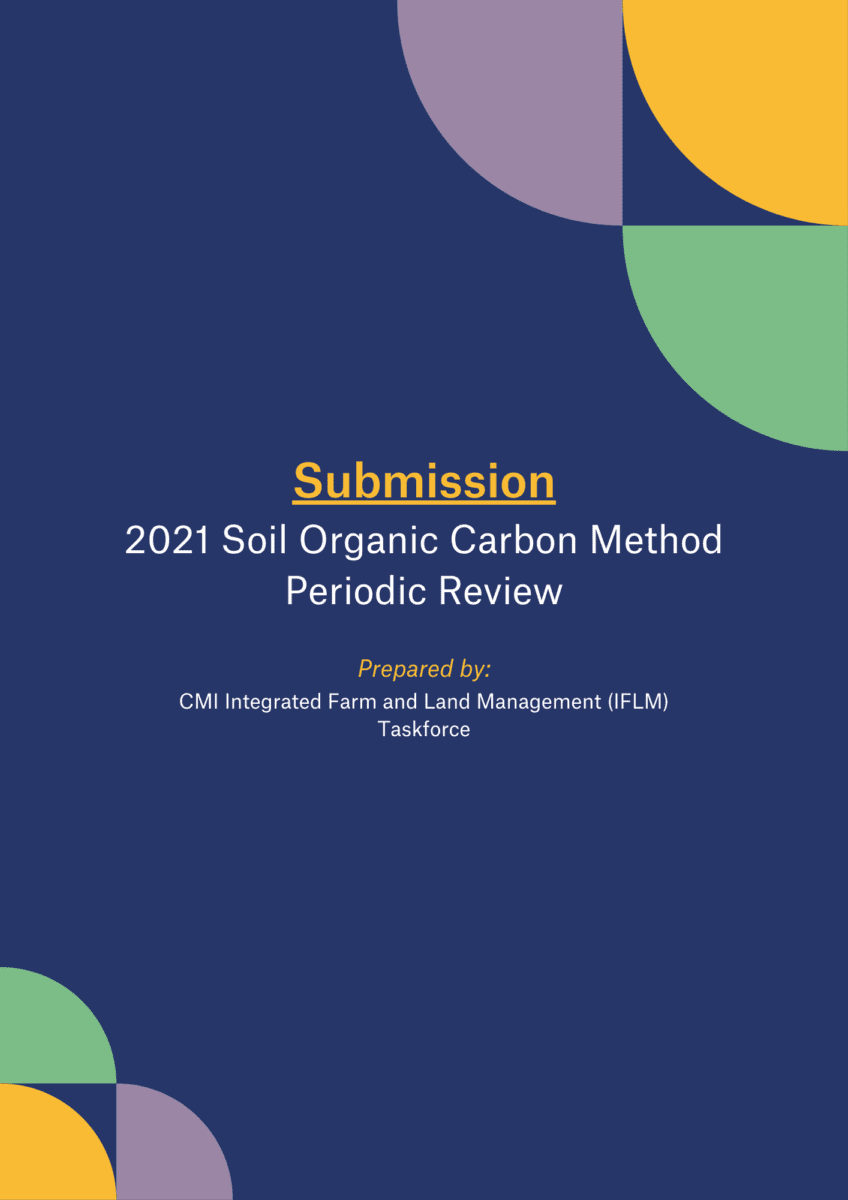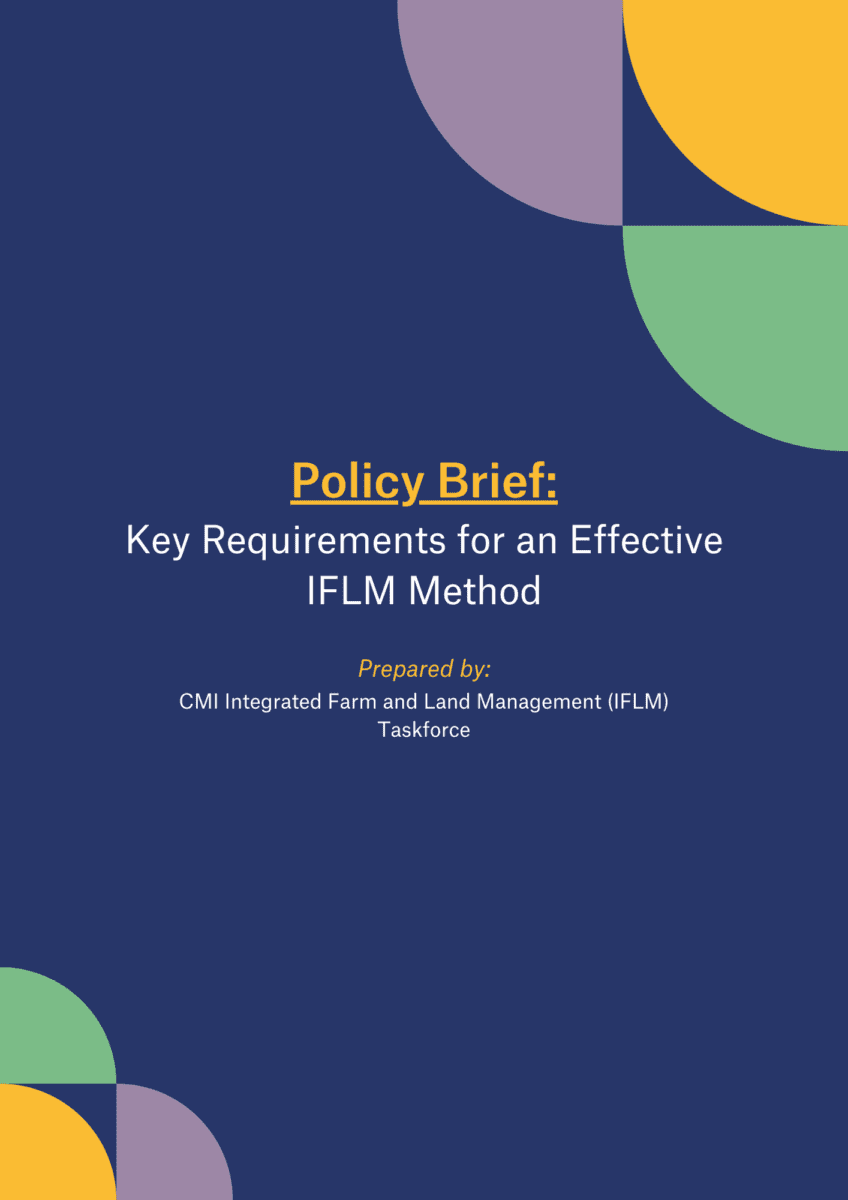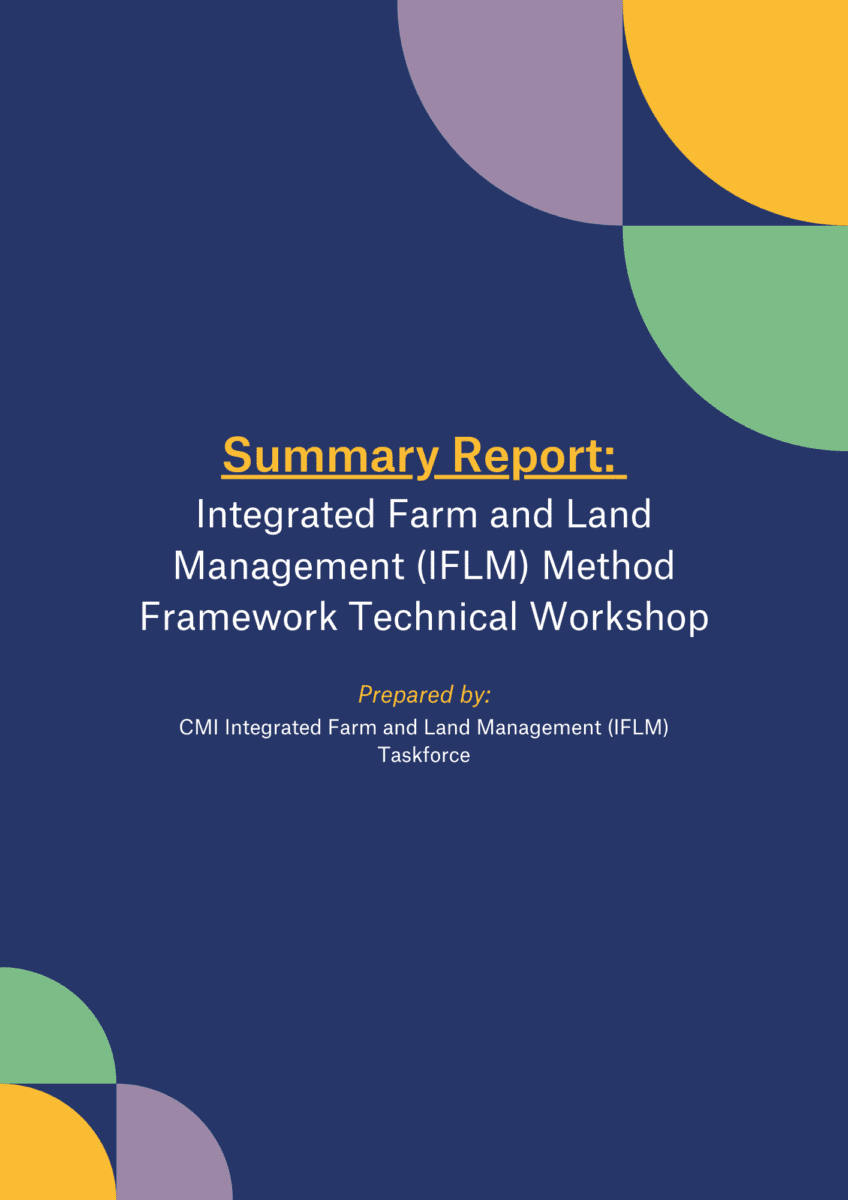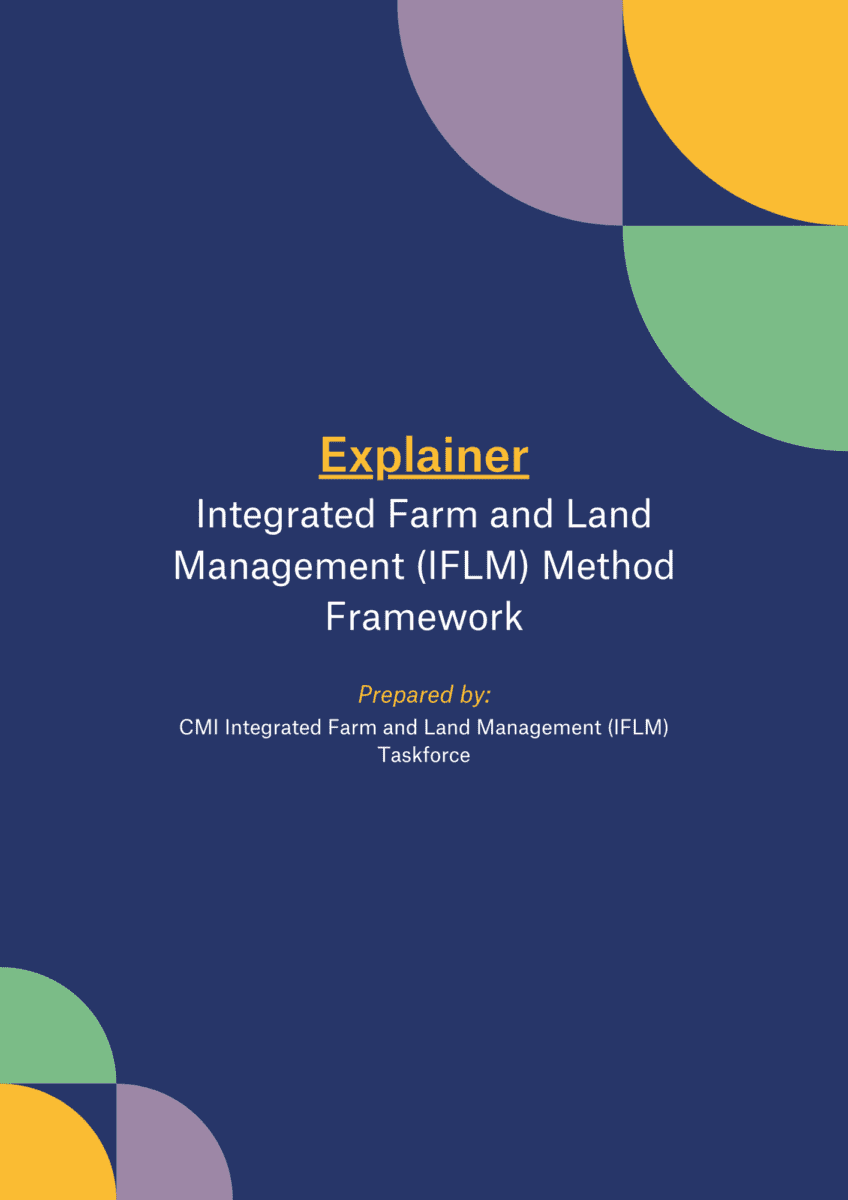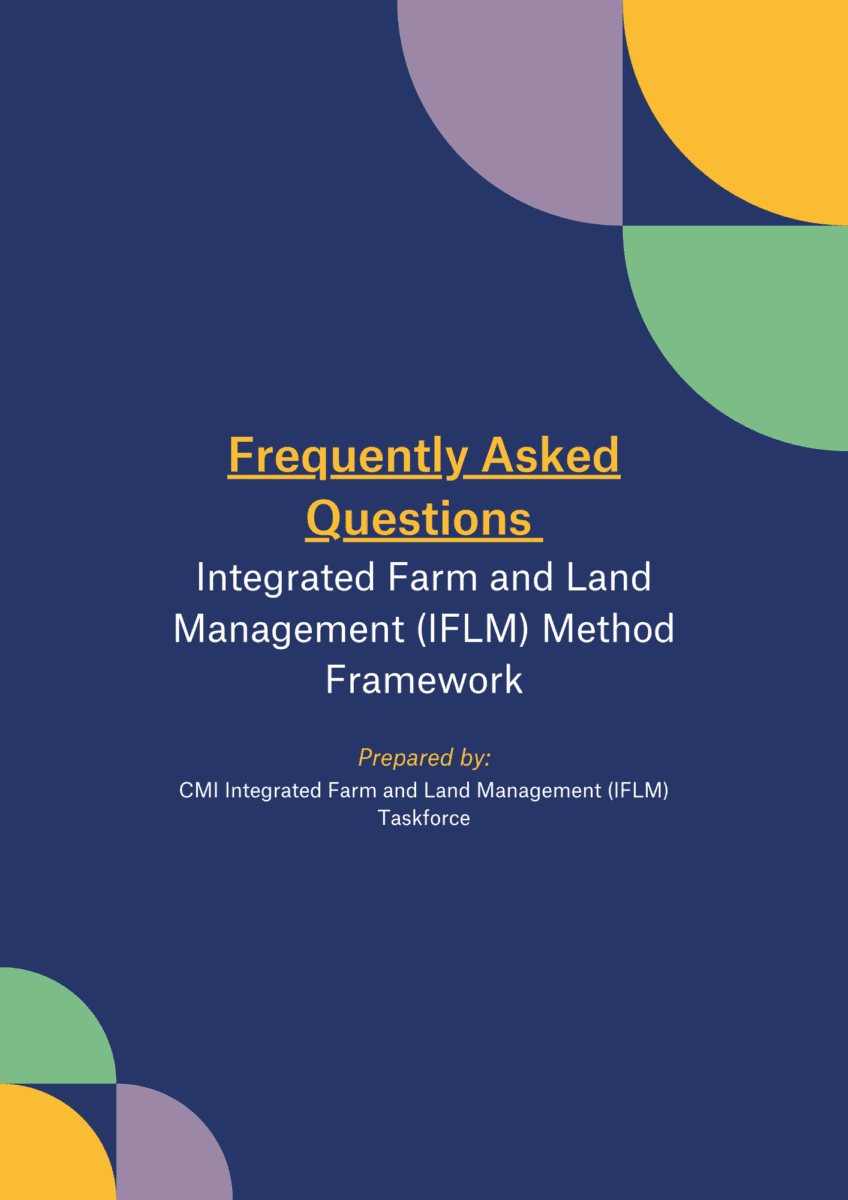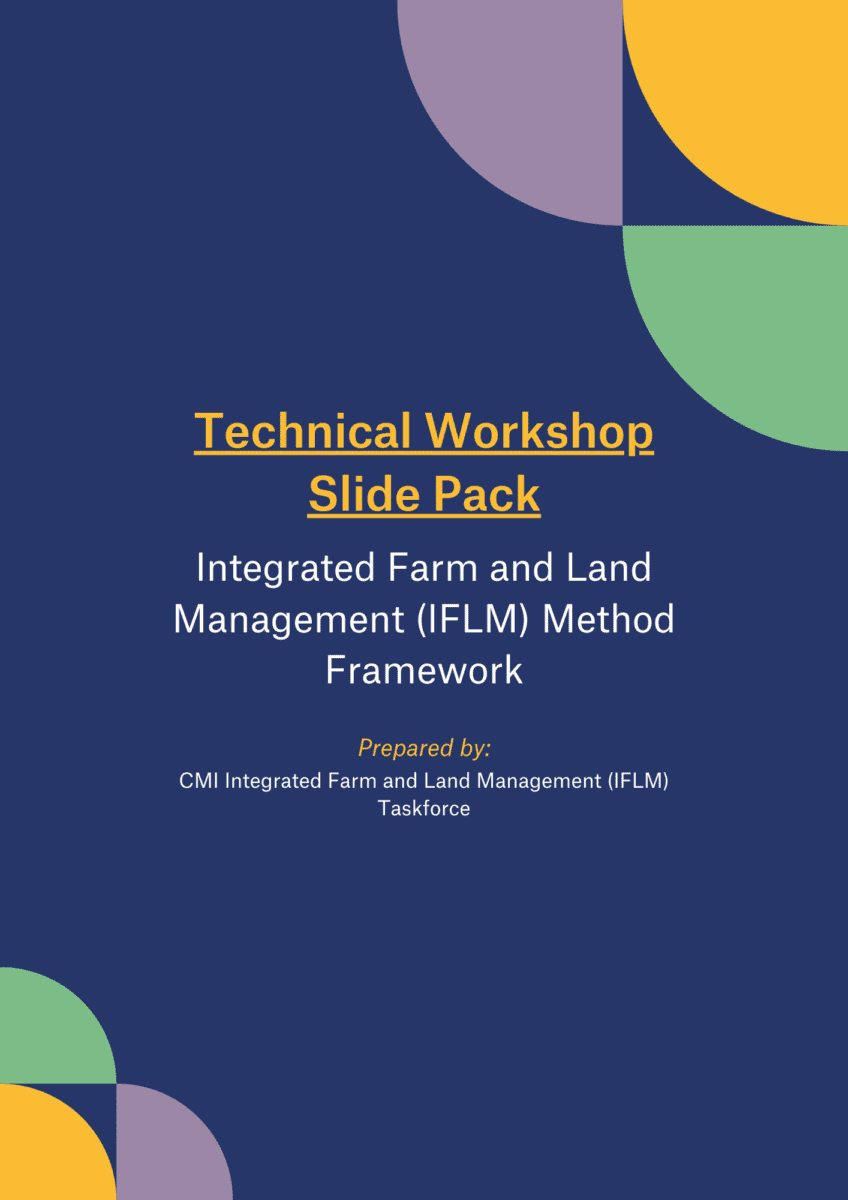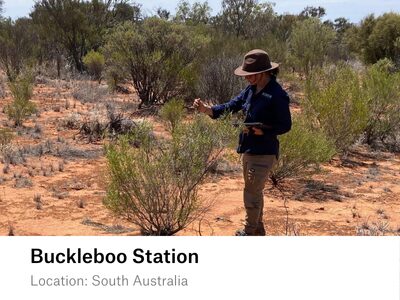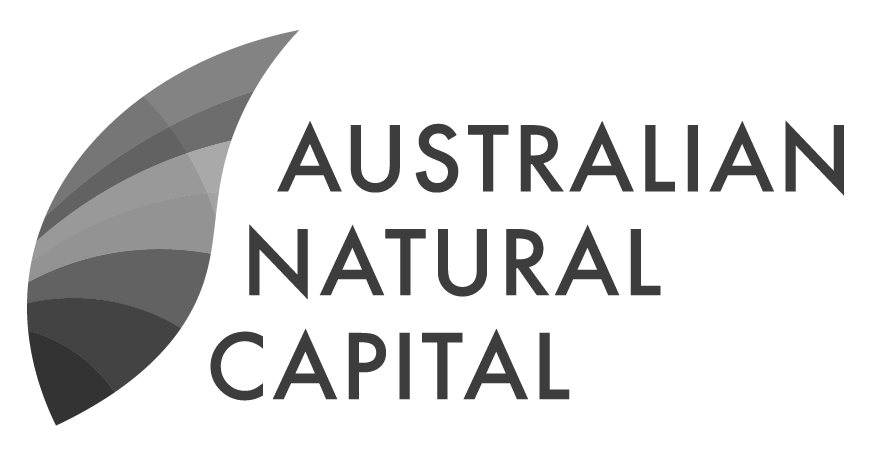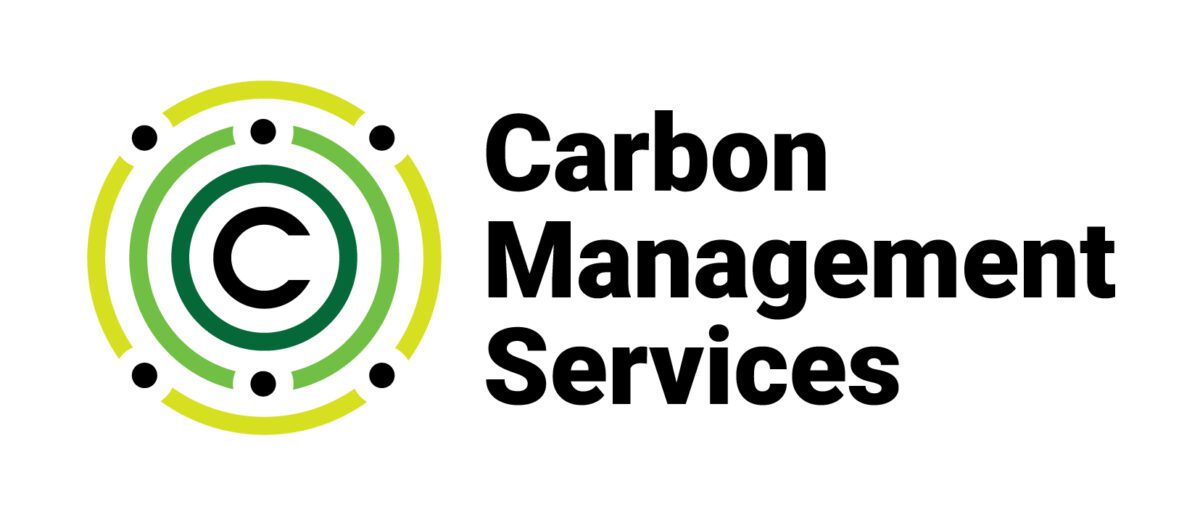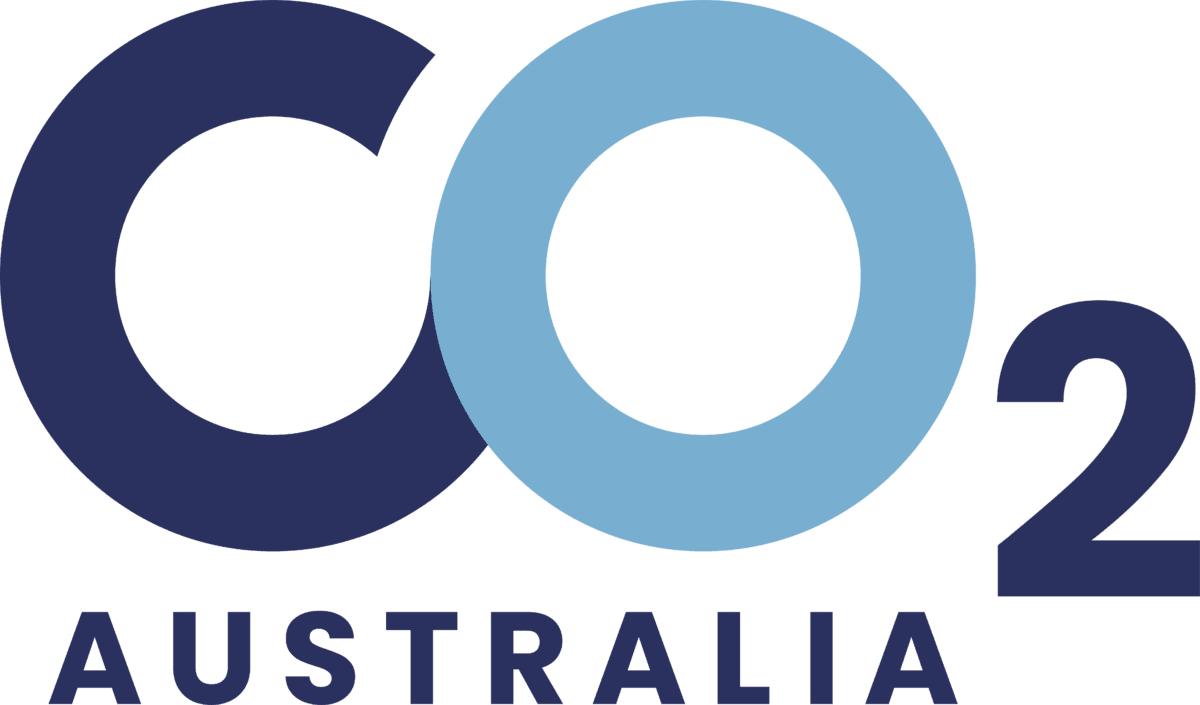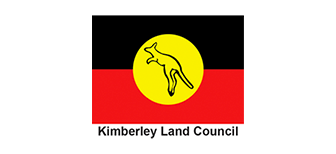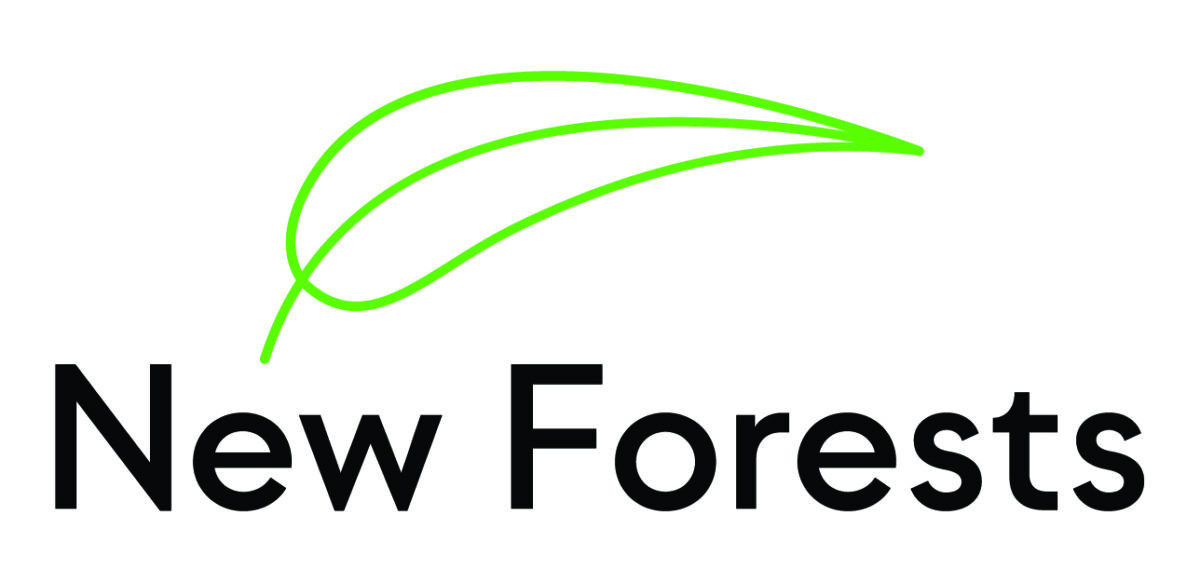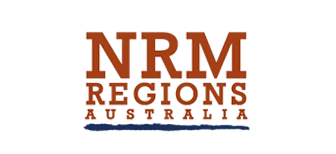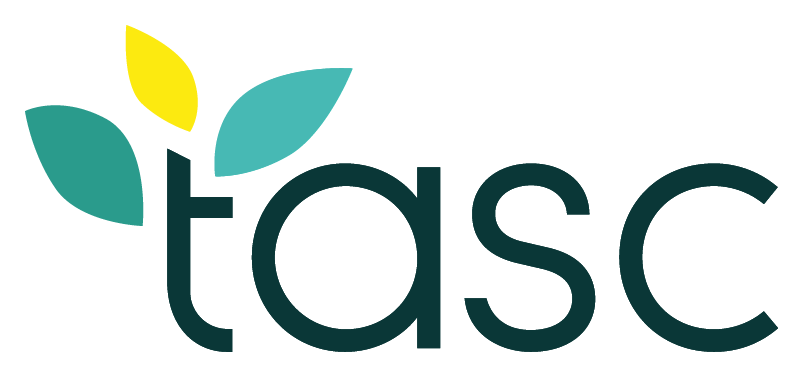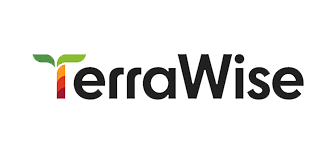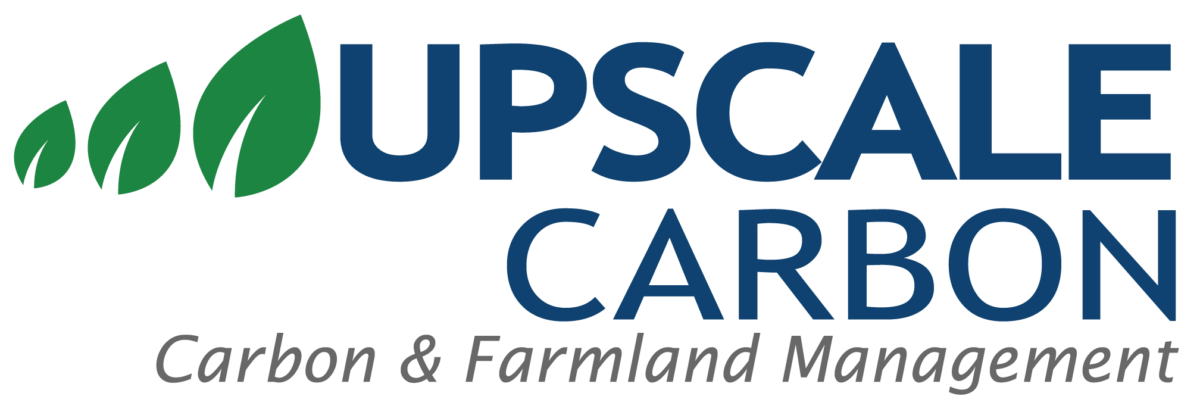Integrated Farm & Land Management Method Co-Design
The proposed Integrated Farm and Land Management (IFLM) method is one of two carbon farming methods currently in co-design, led by the Australian Government.
In March 2024, The Department of Climate Change, Energy, the Environment and Water (DCCEEW) recommitted to supporting the co-development of the IFLM method and confirmed its intent to collaborate with stakeholders to prepare a draft method for consideration by the Emissions Reduction Assurance Committee (ERAC) in the second half of 2024.
It is proposed that the IFLM method will combine vegetation and soil carbon sequestration, enabling a package of carbon management activity modules to be implemented by land managers under one integrated carbon farming method.
The aim of the method is to help scale up carbon drawdown and build permanent carbon stocks in the Australian landscape. It will be a modular, adaptative, more holistic approach to carbon accounting and carbon management. This information hub explains some of the key innovations and new safeguards being proposed through IFLM.
It will enable greater participation in carbon farming by a diverse array of land managers on varied property sizes and deliver improved environmental benefits to help transition Australia’s land sector towards net zero.
What is the role of the CMI IFLM Taskforce?
The CMI IFLM Taskforce and its subcommittees, including the Technical Working Group and Stakeholder Engagement Working Group, have worked collaboratively since November 2019 to support the co-design of the IFLM Method Framework as a more holistic, integrated land sector carbon farming method. The Taskforce comprises of 63 individual members, representing 39 organisations from across the CMI Membership.
Ahead of a two-day technical workshop in June 2023, the Taskforce published a discussion paper that outlines the rationale and scientific basis for the method, as well as proposed method components and innovations that build on 10 years of experience in the industry.
The paper outlines practical solutions to address past concerns raised about the accuracy, additionality, flexibility, or transparency of some carbon farming methods, and builds on the original CMI ILFM Taskforce ‘Blueprint’ (2021) proposal for a more holistic carbon farming method, which was developed in collaboration with the carbon, agriculture, technology, resources and conservation sectors, along with Indigenous stakeholders, State and Federal Government and researchers.
As part of its ongoing effort to collaborate and support the broader co-design process, the Taskforce sought broad input into the discussion paper, and through an expert workshop. Subsequent discussion papers on specific components have since been developed with input from the Taskforce Technical Working Group, as well as independent technical experts.
